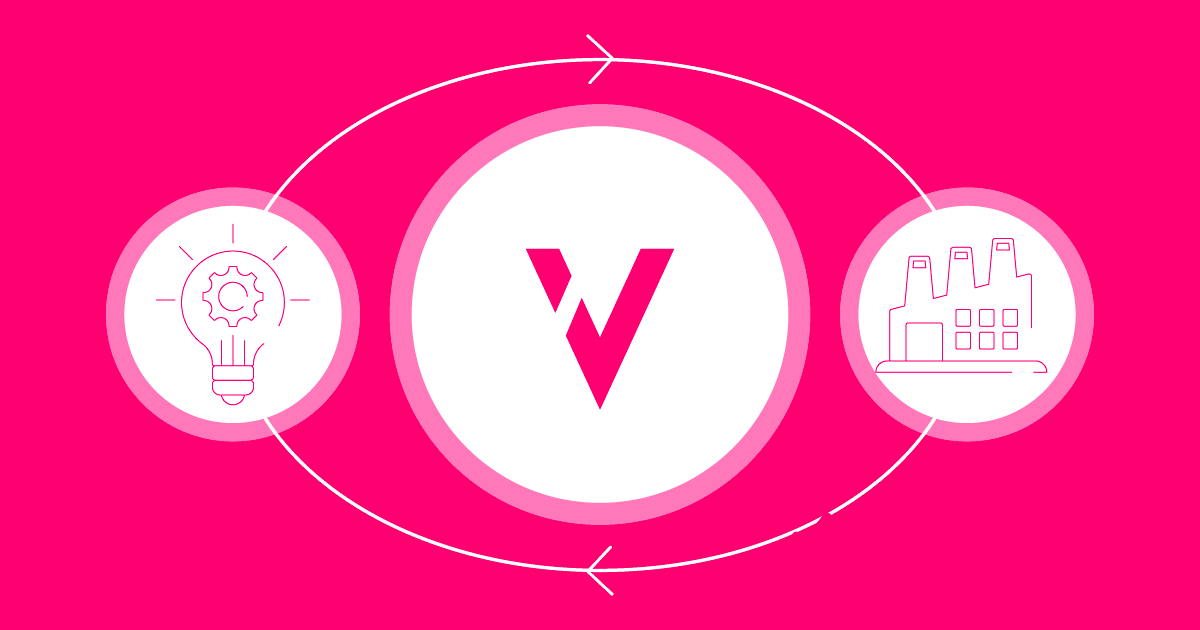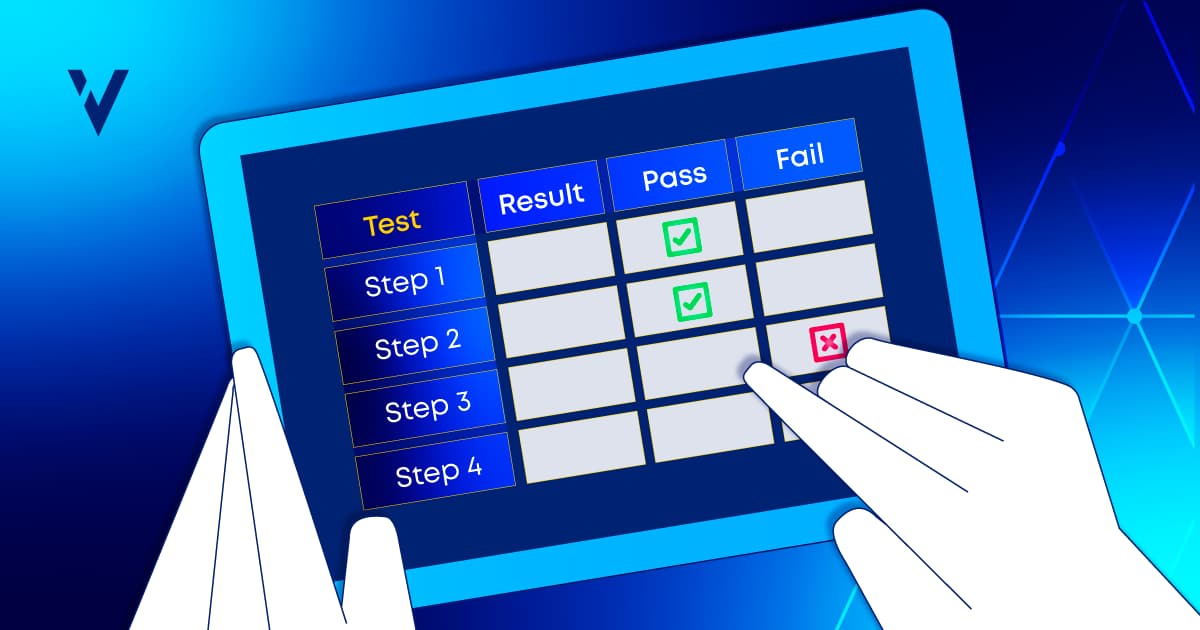In the race to bring new therapies to market, few processes are more critical than technology transfer. Whether scaling a product from development to manufacturing or transferring it between sites, successful tech transfer in pharmaceutical manufacturing underpins supply chain continuity, product quality, and regulatory compliance.
But in many organizations, tech transfer remains burdened by inefficiencies that quietly inflate costs, prolong timelines, and erode competitive advantage. In an environment where development timelines directly impact return on investment, persistent inefficiencies in the tech transfer process are no longer sustainable.
The Cost of Drug Development Through the Years
The data below (see Figure 1) reveals the average expenditure for researching and developing a (bio)pharmaceutical compound from discovery to launch between 2010 and 2020. This data, which includes large-capital companies, shows that the mean cost of developing a compound doubled from the 2000s to the 2010s and quadrupled from the 1990s to the 2000s.
.webp?width=1200&height=630&name=fig-2.6%20(1).webp)
Figure 1—The cost of drug development through the years.
Escalating development costs pose challenges for both emerging and well-established bio(pharmaceutical) companies, as the capital market contracts, restricting the availability of investment funds (Grand View Research, 2024).
What Makes Tech Transfer so Costly and Time-Consuming?
A single tech transfer typically costs more than $5 million (Atos, n.d.) and can take 18 to 30 months to complete (Ward, 2023). And this substantial expense doesn't include the additional costs for technology and batch validation.The costs and risks compound quickly:
- Each tech transfer typically involves two tech batches (scaled-up production runs to evaluate technological capabilities) and three validation batches (commercial-scale batches that validate the manufacturing process), with each batch costing approximately $2.5 million (Atos, n.d.). There’s also the establishment of a reference golden batch for future benchmarking.
- Transfers require the coordinated effort of 30 or more cross-functional experts, spanning manufacturing, QA/QC, regulatory, engineering, and R&D teams (Atos, n.d.).
- Paper-based systems and non-standardized data packages often lead to duplicate work, miscommunication, and rework—all of which add time and cost.
One of the most serious risks is poor alignment between the sending and receiving units. Equipment mismatches, environmental differences, and variations in raw material quality can cause nonconformities that lead to failed batches, process repeats, or regulatory flags. These failures aren’t just expensive—they’re damaging to brand reputation.
Worse still, many of these issues don’t surface until late in the process. Between 2017 and 2022, the FDA issued over 160 warning letters related to data integrity, including 13 in 2022 alone, tied specifically to documentation issues during tech transfer (U.S. Food and Drug Administration, 2022).
When delays occur after regulatory approval, they shorten the available marketing window under patent exclusivity. This can amount to hundreds of millions in lost revenue per product in competitive therapeutic areas. For products nearing the end of their patent life, any delay can drastically reduce the period of market exclusivity, reducing the opportunity to generate peak revenue before generic competition begins.
The Cost of a Technology Transfer Failure
Considering the approximate costs associated with each tech transfer process, any potential delay or roadblock will adversely affect time to market, patent life, and market exclusivity (see Figure 2).
.webp?width=1425&height=739&name=fig-2.7%20(1).webp)
Figure 2—The cost of a technology transfer failure.
Depending on the market and regulatory agency, the clock starts ticking immediately after approval, so any delays in subsequent tech transfers, for example in scaling up manufacturing, will shorten the company's window to market the drug before losing patent protection and exclusivity. It’s estimated that a company loses 80% market share when a patent expires, which means each additional day spent on tech transfer can be translated into millions of dollars in lost revenue (DrugPatentWatch, 2025).
When Paper and Spreadsheets Aren't Enough
These points reveal a stark reality: traditional methods are no longer viable. Continuing to manage tech transfer through spreadsheets, PDFs, and manual processes is a recipe for inefficiency, risk, and escalating costs. These tools lack the version control, traceability, and real-time collaboration required to support a smooth, compliant transfer, especially across global teams or CDMO partnerships.
Common pain points include:
- Knowledge loss during handoffs due to inconsistent documentation
- Limited traceability of changes and decisions
- Inefficient risk assessments that rely on subjective or outdated data
- Manual validation processes that duplicate effort across functions
Even small inefficiencies, like misaligned change control systems or gaps in raw material traceability, can compound into major delays or noncompliance events.
Pharma 4.0 Offers a Better Way
Digital transformation is reshaping every aspect of (bio)pharmaceutical manufacturing, and technology transfer is no exception. By aligning with the principles of Pharma 4.0, organizations can replace paper-heavy workflows with intelligent, connected systems that improve efficiency, reduce risk, and accelerate timelines.
Modern digital tools enable:
- Centralized knowledge management: Structured, searchable tech transfer knowledge packages eliminate the need for manual reconciliation of documents and formats.
- Real-time collaboration: Cloud-based platforms synchronize communication between sending and receiving units, no matter where they’re located.
- AI-powered risk assessments: Automated risk identification and pattern detection, enabling bias reduction and proactive mitigation, rather than reactive remediation.
- Advanced process controls: Digital twins and soft sensors can simulate manufacturing scenarios, support optimization during scale-up, and reduce the need for redundant empirical testing.
- Improved regulatory readiness: Digital records are automatically version-controlled, timestamped, and audit-ready.
By closing the digital data gap between development and commercial manufacturing, companies can accelerate time to market while strengthening data integrity and reducing the risk of failure.
The Business Impact: Faster Transfer, Lower Costs
Digitalizing the technology transfer process isn’t just a technical upgrade—it’s a business imperative. Organizations that embrace Pharma 4.0 principles report:
- Up to 50% fewer verification and qualification batches
- Transfer timelines shortened from the industry average of 20 months to as little as six months
- Cost savings of $10–15 million per product through reduced rework, fewer failures, and better resource allocation (Atos, n.d.)
- Improved data visibility and compliance, reducing the likelihood of audit findings or enforcement actions
These gains are already being realized by companies that have replaced paper records with connected, digital ecosystems tailored to the needs of modern life sciences manufacturing.
Digital Support That Makes a Difference
As organizations rethink their approach to tech transfer, digital solutions like the ValGenesis Process Lifecycle Suite allow teams to design, transfer, and monitor processes digitally, ensuring continuity across the entire lifecycle, accelerating innovation and minimizing risk. The suite standardizes workflows and integrates seamlessly with enterprise systems such as SAP, ERP, QMS, and LIMS—reducing manual effort, eliminating redundant tasks, and supporting audit readiness from day one. These capabilities deliver measurable benefits for companies aiming to speed up time to market and control tech transfer-related costs.
The Path Forward
While seemingly straightforward, technology transfer is a complex matrix of several factors, including technical expertise, process documentation, raw material sourcing, change management plans, and the monitoring and trending of process parameters and quality attributes. How these elements are coordinated and executed often determines the success or failure of the technology transfer, which has substantial impacts on production, product quality, time to market, and cost-effectiveness.
If your tech transfer process still relies on paper records, static spreadsheets, or fragmented systems, now is the time to rethink your approach. The cost of inefficiency is too high, and the risks are increasing.
Start by assessing where bottlenecks and knowledge gaps exist. Look for opportunities to standardize documentation, digitize data flows, and integrate risk and change control frameworks across functions. With the right tools in place, tech transfer becomes not just faster but smarter—reducing risk, improving collaboration, and accelerating the delivery of critical therapies to patients around the world.
Want to learn more about this topic? Watch the webinar below.
Reimagining Tech Transfers: How Automation and AI Assessments Deliver Smoother Processes
See how AI and automation are streamlining processes, boosting collaboration, and driving faster, more confident decisions in pharma and biotech.
Artificial Intelligence (AI) Pharma 4.0
Daniel Pais
Senior Consultant of Delivery Europe
References
Atos. (n.d.). Faster, easier and cheaper technology transfer: A new differentiator for pharma and biotech companies. https://atos.net/en/blog/faster-easier-and-cheaper-technology-transfer-a-new-differentiator-for-pharma-and-biotech-companies
DrugPatentWatch. (2025, May 16). Top strategies for pharma profitability after drug patents expire. https://www.drugpatentwatch.com/blog/top-strategies-for-pharma-profitability-after-drug-patents-expire/
Grand View Research. (2024). Pharmaceutical CDMO market size, share & trends analysis report by product (API, drug product), by workflow (clinical, commercial), by application (oncology), by region, and segment forecasts, 2023–2030. https://www.grandviewresearch.com/industry-analysis/pharmaceutical-cdmo-market-report
U.S. Food and Drug Administration. (2022). Inspection observations and warning letters database. https://www.fda.gov/inspections-compliance-enforcement-and-criminal-investigations/inspection-references/inspection-observations
Ward, S. (2023, September 28). A new blueprint for technology transfer. IDBS. https://www.idbs.com/2023/09/new-blueprint-technology-transfer/
%20(1).png)


